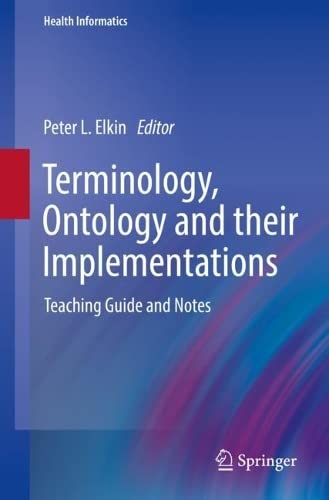

Most ebook files are in PDF format, so you can easily read them using various software such as Foxit Reader or directly on the Google Chrome browser.
Some ebook files are released by publishers in other formats such as .awz, .mobi, .epub, .fb2, etc. You may need to install specific software to read these formats on mobile/PC, such as Calibre.
Please read the tutorial at this link: https://ebookbell.com/faq
We offer FREE conversion to the popular formats you request; however, this may take some time. Therefore, right after payment, please email us, and we will try to provide the service as quickly as possible.
For some exceptional file formats or broken links (if any), please refrain from opening any disputes. Instead, email us first, and we will try to assist within a maximum of 6 hours.
EbookBell Team

4.1
90 reviews
This set of teaching notes provides extensive guidance for educators related to its sister title and contains numerous tools and questions to help educators provide didactics and evaluation of students in this essential area of biomedical informatics. This is needed to understand the central topics of ontology, terminology and terminological systems in healthcare. Twenty-five years ago the notion that ontology would be essential to knowledge representation in healthcare was all but unknown. Almost all important terminologies and many ontologies are now in wide use and are growing in importance. With no general model of what a ontology and terminology should be, there are an increasing number of tools to support ontology / terminology development, implementation and maintenance. Steady progress since then has improved both ontology / terminology content and the technology and processes used to sustain that content.
Terminology, Ontology and their Implementations: Teaching Guide and Notes provides extensive teaching materials to accompany Terminology, Ontology and their Implementations . It provides further definition of the topic and explains the use of reference terminologies needed to use them safely. It contains questions and explanations from each section of the textbook, making it easier to use the text in teaching Health Informatics students. The authors also provide supplementary information about the questions, their relevance and their relation to other concepts. This book augments Terminology, Ontology and their Implementations by assisting the understanding of terminology services and the architecture for terminological servers, and consequently serves as an essential tool for educators in their efforts to teach students in their study of health informatics.